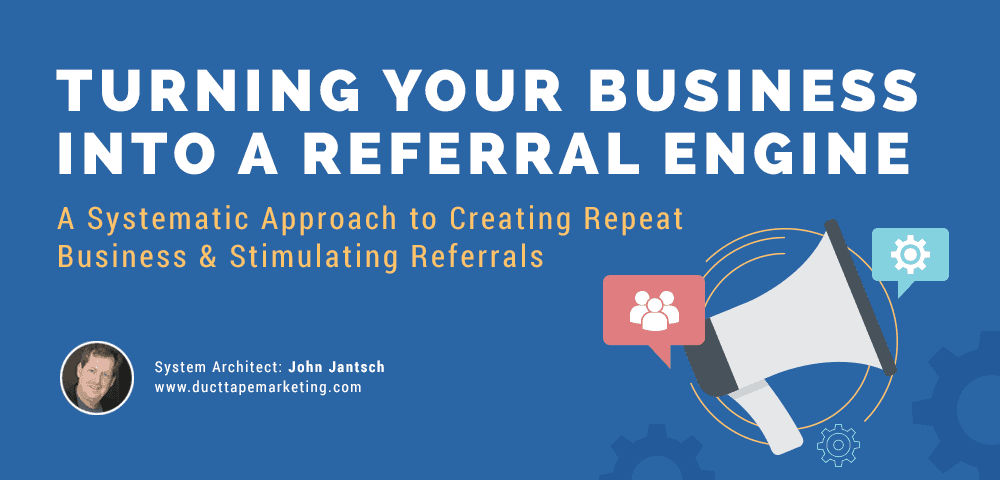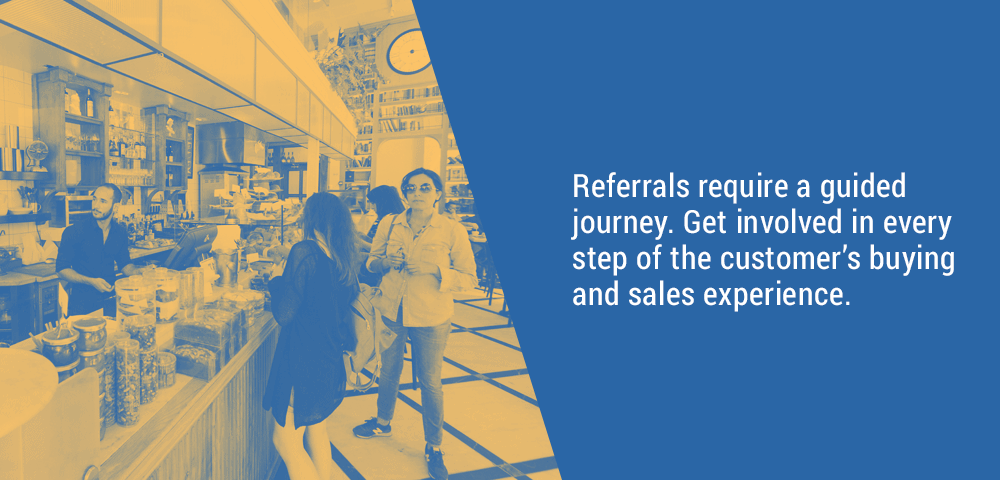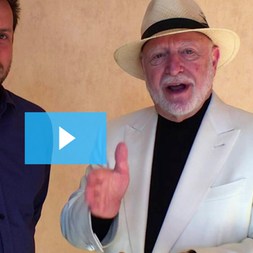
System Architect | John Jantsch: ducttapemarketing.com
Who doesn’t get excited talking about their experiences of products and services with friends, family, and people they know? Each time we make a great purchase, we post about it on Facebook or Instagram. We tweet about it on Twitter and in some occasions, even write a review online. People as social beings are simply wired this way!
As a business owner, you’d love to be that company or product people talk glowingly about. So you’d best keep your customers happy. After all, satisfied customers are the best marketing tool for any business. They spread the word about their buying experiences and influence others’ purchasing decisions.
According to a Nielsen Global Survey, 92% of consumers trust referrals from people they know. People are four times more likely to make a purchase based on referrals from a friend. Many potential buyers also look to online reviews for guidance before deciding where or what to buy.
Referrals save you plenty of time and energy winning over new business. By taking advantage of your existing pool of satisfied customers, you’re not only creating repeat business but also stimulating referrals.
So, what is the secret to getting more referrals?
Marketing expert John Jantsch designed this 9-step systematic approach to harnessing the power of referrals to ensure repeat business and a steady flow of new customers.
How to Turn Your Business into a Referral Engine
Step 1: Build trust – deliver a great customer experience
- Focus on delivering great customer experience. Wrap good products, services and solutions into a total experience.
- Make sure that you are referable. A happy customer is your best marketing tool for referral generation, and people trust referrals and recommendations from people they know.
Step 2: Organise your customer’s behaviour – provide them with a guided journey
- Get involved in the customer’s journey at an early point. The buying experience for the customer must be just as good as the sales experience.
- Incorporate these 7 behaviours that people want to participate in with a company they are doing business with:
- Know: who and how, ads, referrals, networking
- Like: website, blog content, social media
- Trust: SEO, webinars, marketing materials, white papers
- Try: workshops, evaluations, demo, DIY training, starters
- Buy: service team, new customer kit
- Repeat: post-project reviews, cross selling, customer events
- Refer: champion events, partner intros, peer2peer
Tip! This process can be used as a framework to cover your overall approach to marketing, or as a strategy for a product launch or sale.
Step 3: Map customer experience points – look at the ways that people come into contact with your business
- Analyse your customer life-cycle touch points to understand the experience that your customer has. Examples are marketing, sales, education, follow-up, even your finance system.
- Suggestion! Once a quarter, select a customer and get deep into how they experience your business. See your business through their eyes.
Step 4: Create content for referrals – maximise the opportunities
- Produce e-books, webinars and other forms of great content.
- Offer your content to strategic partners and ask them to share it. This gets your content in front of other people’s audiences so they refer you because you have something to share, and not just to sell.
Step 5: Reverse engineer the referral process – start with the end in mind
- Think about what you want people feeling, thinking and doing 90 days, then 45 days, after they buy from you?
- Create a much better customer experience by working backwards from referral, through purchase, trial, nurture, trust to awareness.
Step 6: Create a champion referral program – educate your best customers
- Determine who your champions are. They are the 10-20% of your customers who love what you do and love telling people about what you do. These are the people you get most new referrals from.
- Educate your champions about your ideal referral. Motivate them with compelling offers, promote your champions program and keep on reminding them.
Step 7: Identify your ideal customer – make sure your referral sources know who they are
- Define who your ideal customer is. Who are they, what do they look like, what problem are they trying to solve, what makes them ideal? And communicate this to your referral sources so that they know how to spot your ideal customer.
Step 8: Use 5 different types of programs – aim at doing them all for a “collective momentum”
- Use as many of these direct-to-customer approaches as you can:
- Direct offer – Give them a free service/product if they refer a new customer
- Implied offer – Something people can show other people to sell them on you (like a photobook of process)
- Tangible offer – Gift Certificates or Voucher for products and services that they can give to someone. A referral Bonus for them as well
- Community offer – Partnering or participating with NPO’s at reduced rate or free / promoting their events
- Introductions by strategic partners
Step 9: Create a strategic partner network – work with other businesses to increase your value to your clients
- Find strategic partners – other businesses that are not competing with you but have the same ideal customer as part of their client base and create a formal strategic partner community.
- Create an introduction in reverse. Start by asking your partners to teach you the best ways you can refer them to your clients. Send them your perfect introduction as an example.
- Educate your partners – create the perfect introduction:
- How to spot your ideal client
- How to present your core message
- List of trigger statements
- Your referral offer
- Your marketing process
- Create a partner program and start working together with your partners.
- Recruit and introduce
- Conduct video interviews
- Create content opportunities like guest blog posts
- Acquire special offers
- Make referrals
- Rate and review each other
- Create events together.
Word-of-mouth referrals are your company’s most powerful marketing channel. They have helped hundreds of businesses achieve exponential growth without putting a dent on their marketing budgets.
You too can leverage the power of referrals to keep satisfied customers, bring in new business, and increase sales.
Having the right tools, processes, and system in place will help you implement your own referral strategy with ease. Follow this 9-step system and you will soon be on your way to increasing referrals and generating new business for your company.
System Architect – John Jantsch














